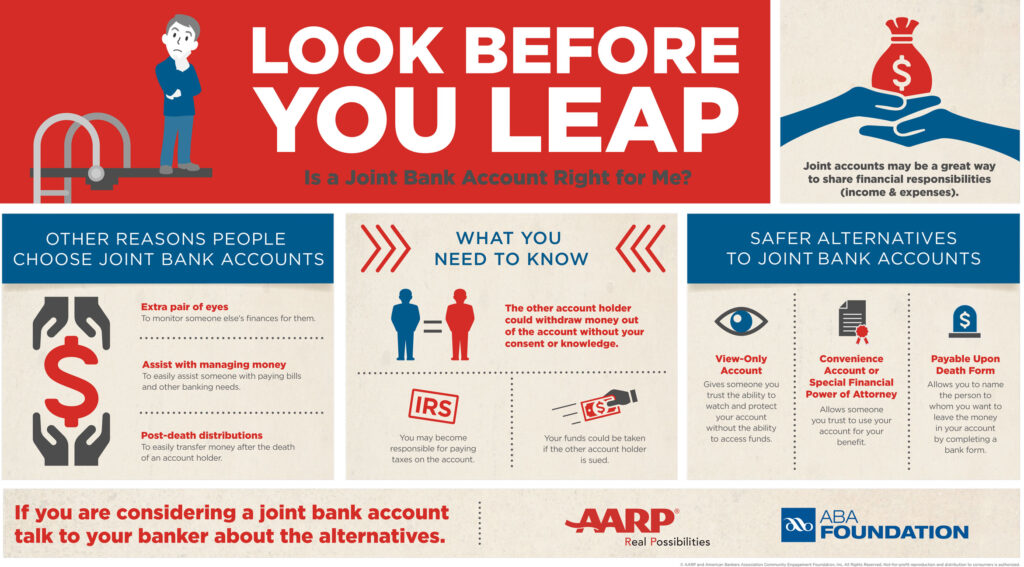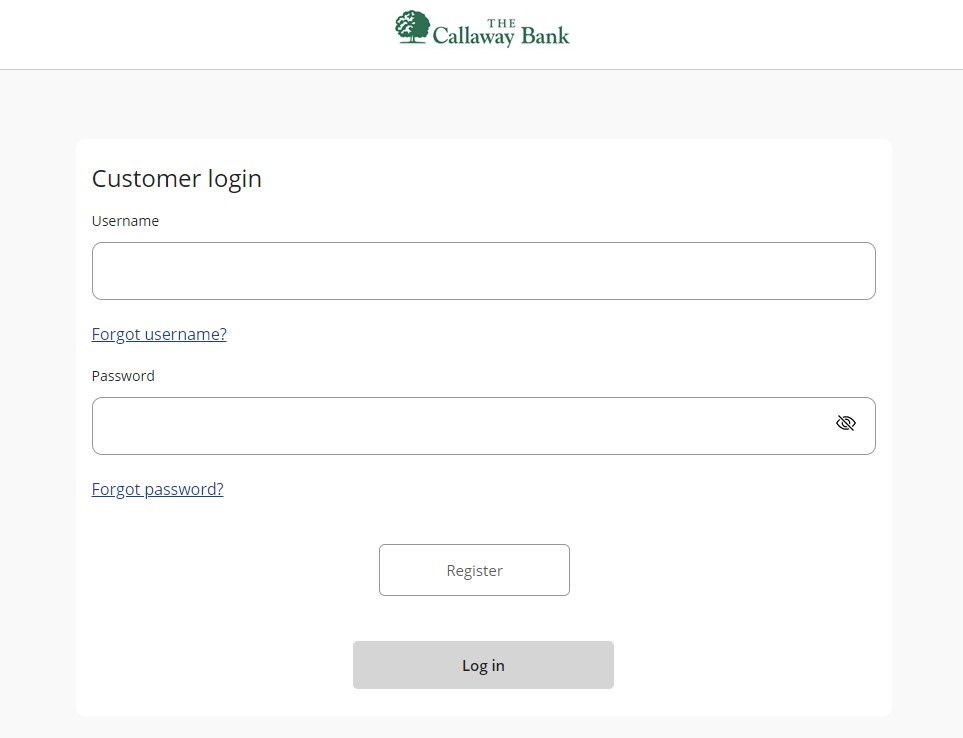The best partnerships are the ones that support you from beginning to end. Building your forever home is no small feat. It will take some effort, but at the finish line you will be able to step foot inside the home you’ve always envisioned – and that feeling is priceless.
Whether renovating your current home or building from the ground up, navigating the finances of homeownership can be daunting. But rest assured, we are with you every step of the way. As your community bank, we want to help our neighbors navigate the home construction loan process or work with you to get the best possible mortgage quote. We provide a judgment-free zone and believe no question should go unanswered. We are dedicated to investing all the time in the world into your process, making sure you feel comfortable and secure in your buying or building process. We are here to help in any way we can. Your perfect home doesn’t need to be a dream, you deserve to make it a reality.
The first step to bringing your forever home to life is planning. By partnering with The Callaway Bank, we can assist you in preparing your financial needs for the big build or purchase. As experts with home construction loans and mortgage quotes, we are ready to break down all the numbers and figures to help you where you are wanting to go.
Tips on Crafting Your Forever Home – The First Time
Few things are forever, but your home can be one of them. It is important when creating your dream home to avoid planning around what’s trendy right now, but focus on what will still be fashionable 10, 20, or 30 years from today. The point of a forever home is for it to be constructed inside and out, in a way that the homeowner will always love the space. We’ve helped many individuals and families secure a home construction loan or receive a favorable mortgage quote that has enabled them to finally have the home of their dreams. Throughout the years, we’ve been able to take a few notes and highlight some home design areas to be conscious of when renovating or building your home.
Your Family’s Life Cycle
Homes need to be flexible and adaptable to the needs of a family. If you have kids running around the house and dogs chasing after tennis balls, it might be best to consider emphasizing open living spaces. Large living rooms and finished basements offer kids and pets plenty of room to play and enjoy the inside of your home. Later in life, your body may have issues climbing stairs – which can become both an inconvenience and a hazard. Keep this in mind and design the main floor of your home to fit your needs as you age.
The Perfect Kitchen
Outside of the bedroom, the kitchen is often the section of the home that people spend the most time in. From socializing to cooking, the kitchen plays an important role in the functionality and livelihood of a home. A few things to consider when crafting a kitchen are to ensure that enough lighting is available: both natural and artificial. Always build more counter space than you think you’ll need – because you will definitely need it. It’s also affordable these days to upgrade from laminate countertops. Stone and solid surface options are more widely used and appealing for your forever home. Additionally, cabinets can make or break the aesthetic of a kitchen, so use your best judgment and design with coloring that will remain timeless.
Think Green, Be Green
We all care about the world we live in, and we all care about our bills. Consider making your dream home as environmentally friendly as possible – lowering your carbon footprint and reducing high costing utility bills. As technology and homebuilding improve over the decades, homes will grow more efficient in how they use energy. Therefore, designing your forever home with the most up-to-date “green technology” today will limit your need to make improvements in the future. Installing energy-saving windows, adding a solar panel or two to your roof, and insulating ductwork will all pay dividends down the road.
The Right Floors For Your Feet
Flooring is a big decision. It is one of the main components of a home’s look and feel. Carpeting is affordable and soft to the touch – great for kids! However, they attract messes and stains and are often difficult to clean. Hardwood floors are loved for their beauty and longevity but often run pretty pricey per square foot. If you do decide to go the hardwood route, pick a harder wood like maple or bamboo in order to protect it from years of wear and tear.
Ultimately, you’ll need to ask, what fits your budget. Depending on the size of your home, flooring costs can eat up a significant portion of your money. Therefore, be mindful of what aligns with your costs right now – flooring can always be updated at a later date.
Windows – Your Soul Needs Them
Natural sunlight is proven to be essential to your physical and mental health. Homes that prioritize the use of natural light, bring the outdoors – inside. These homes also see a reduction in electric costs. Incorporating well-staged windows in the home’s most trafficked areas like the living room and kitchen are important to the livability of these areas. When laying out your dream home, don’t overlook the need to include enough natural lighting.
Ready To Build Your Dream Home? We’re Here For You
By now you probably have a picture of your dream home in your head. You may have even a few 3D sketches drawn up. If so, that’s great! Your forever home does not have to be a fantasy. With a partner like The Callaway Bank, you can make it a reality. We can help with the home construction loan process and guide you on common hurdles. We’re one of a few banks in the area that specialize in home construction loans. Or if your dream home already exists and you just need the right financing package, we can work with you to find a mortgage quote that makes it possible.
By working closely with you and your budget, we can help craft a plan that makes your dollars and cents work toward completing your dream home. We’re here for you and the moments that matter. Let’s build it together.
Click here for more information and helpful tips on using a construction loan to build your dream home.





 While the federal government helps to build and maintain public assets, state and local governments generally cover three-quarters of the cost of maintaining and improving these assets. When it comes to the foundation of a state’s economy — specifically schools, water treatment and distribution, and transportation — state and local governments spend 90 percent of their tax revenue⁴ on these projects.
While the federal government helps to build and maintain public assets, state and local governments generally cover three-quarters of the cost of maintaining and improving these assets. When it comes to the foundation of a state’s economy — specifically schools, water treatment and distribution, and transportation — state and local governments spend 90 percent of their tax revenue⁴ on these projects.